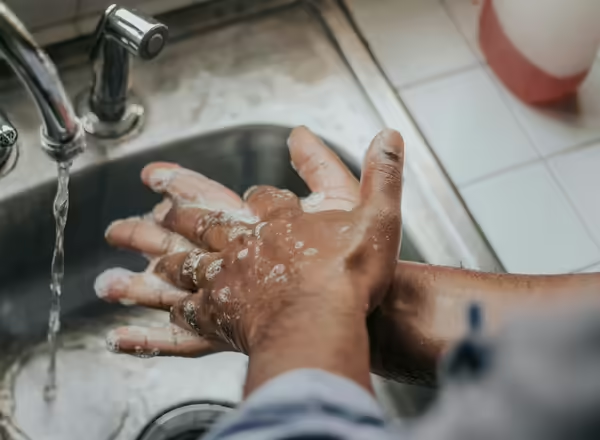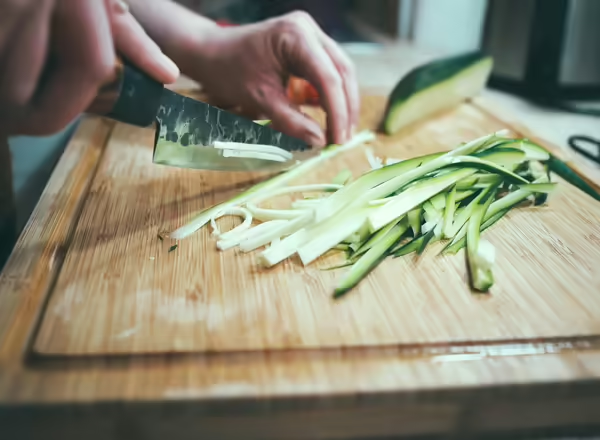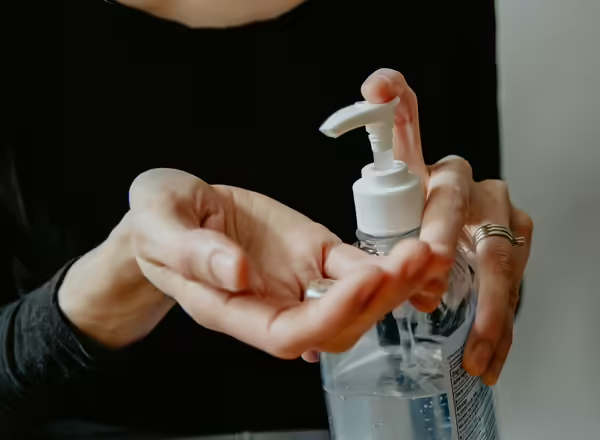
Handwashing
Washing hands is one of the best ways to prevent contamination of food and reduce the risk of foodborne illnesses.
Handwashing with soap and water creates friction to lift bacteria and surface debris off your skin. Unfortunately, most people don’t wash their hands as often - or as thoroughly - as they think they do.

Turn on water at faucet and wet hands. Add soap to hands and begin to rub hands together. Create a lather with the soap and touch all points of your hands: the palms, backs of the hands, fingers, and under nails. Continue rubbing hands together for 20 seconds. Rinse hands under water to wash away soap and microorganisms. Dry hands with a clean towel or air dryer. Turn off faucet with towel to prevent re-contaminating your hands.

Wash hands before:
- preparing food
- eating food
- switching tasks from raw foods (such as uncooked steaks) to ready-to-eat foods (such as raw vegetables or bread)
Wash hands after:
- preparing food
- doing non-food tasks, such as using the toilet, changing diapers, or taking out garbage
- touching non-food surfaces, such as your hair, nose, or clothing
For a list of more times to wash hands, visit When and How to Wash Your Hands (Centers for Disease Control and Prevention).

Hand sanitizers DO NOT replace handwashing, but sometimes a sink is unavailable. To apply hand sanitizer, use a 60% alcohol-based sanitizing gel, apply enough (based on manufacturer directions), and rub over all parts of hands until dry.
About sanitizer:
- do not drink hand sanitizer
- recognize sanitizers do not kill all bacteria and microorganisms
- sanitizer is less effective when hands are visibly dirty
Washing your hands is one of the simplest steps you can take to keep you and your community healthy.